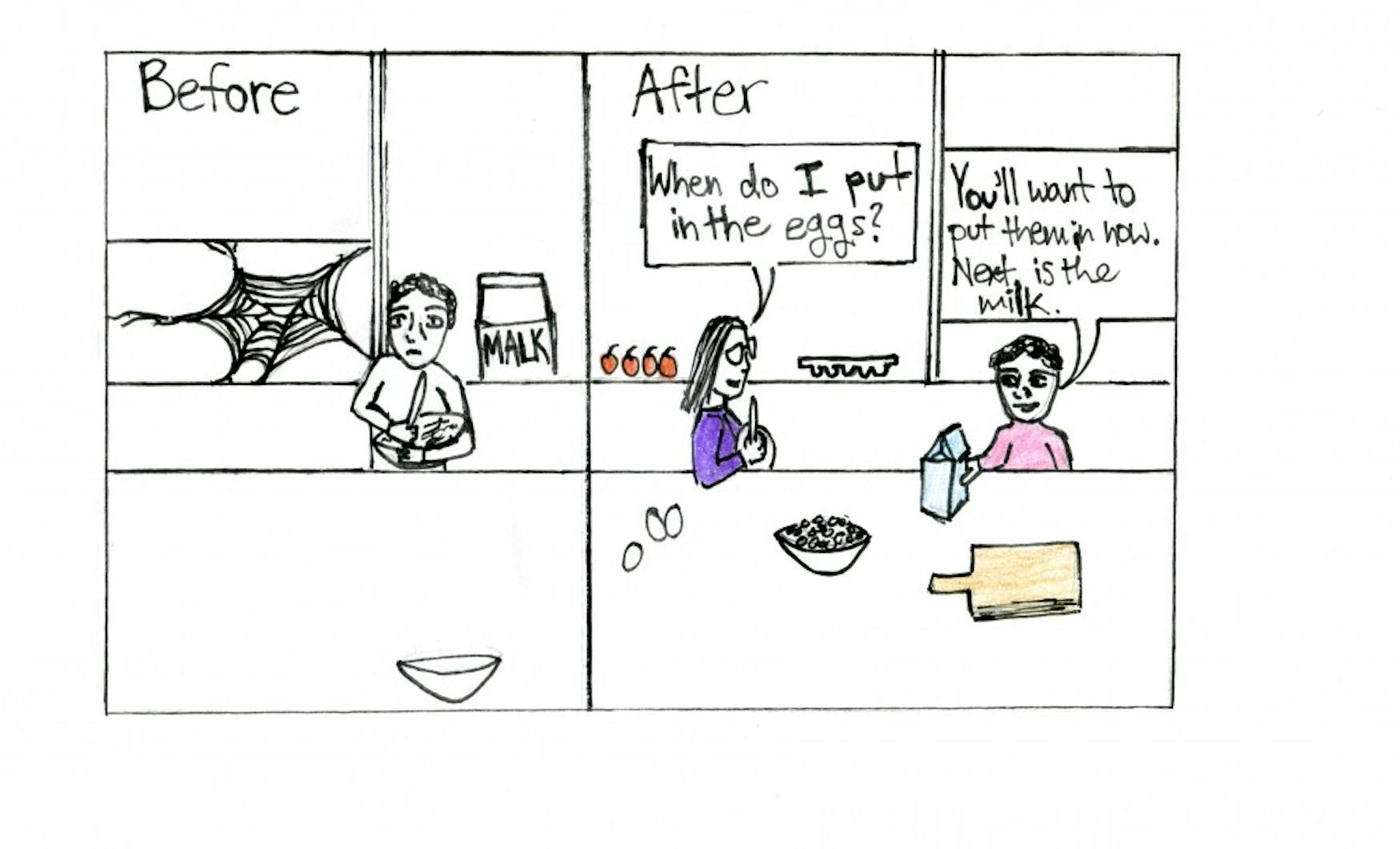EDITORIAL: Community life due for a major facelift
In an open forum on Monday, Oct. 29, University President, Ron Liebowitz shared his proposal for a “framework for Brandeis’ future.” These goals, reiterated in an email to the community sent out on Friday, Nov. 2, include a plan to revamp the housing system in order to promote a more positive social environment among members of the University community. This board agrees that much can be done to improve residence life on campus and urges the president to consider the following options.
The first strategic initiative of the president’s proposed framework is “to redefine the student experience” by evaluating the on-campus housing situation for undergraduate students. In response to alumni concerns and his own findings, Liebowitz hopes to elevate the quality of social and residential life to that of the University’s academics at the undergraduate level. Liebowitz writes that the University will consider “a residential model with a number of small communities.” To this end, this board proposes two new configurations of campus residence life to promote social and residential life for undergraduate students at Brandeis.
The first would model Brandeis residential life after other schools such as Rochester Univesity with a grouped or centralized quad system. Residence halls could be re-allocated among undergraduate classes and grouped to promote a sense of unity among classmates. With the current housing system, each class is separated geographically, with the first-year students split between North and Massell Quads — and this year East as well — and the sophomore class spread out even further between the Charles River Apartments, 567, Rosenthal Quad, East Quad and Skyline.
We propose a shift that would consolidate each class geographically. East and North quads would be apportioned to the first-year class, while Massell and Rosenthal would be set as housing for the sophomore class. We believe that the close proximity between members of the same class will help achieve Liebowitz’s desired outcome of reforming the undergraduate residential experience. The centralization of class living will promote class unity and a more social campus environment. The current living configuration fractures the underclassmen, placing them on opposite ends of campus and making social interaction between students of the same year more difficult than necessary.
We also urge the University to consider an alternative model of residential life, should the former option be too difficult, one based on the successful systems of colleges such as Union College’s “Minerva Houses” or Middlebury College’s “Commons System,” which integrate students from different classes and academic backgrounds into a communal living environment. The model that this board proposes is a “living community” system that brings students as first-years into predetermined quads with students from all years. This would promote a sense of school unity and belonging that might be lost by segregating the classes across campus, and could introduce what Liebowitz calls “vertical connectivity,” or relationships across the different age groups on campus.
In addition to the reorganization of campus spaces, Brandeis should seek to create more involvement in community events within the residence halls themselves to build community. Food as a springboard for social interaction is a great way to bring people together and encourage bonding, and when people come together to cook and eat, they come together as a community. We propose that the University offer a meal plan option that would provide students with a BlueApron-like service. Providing pre-assembled meal kits complete with recipes to students and allowing them to cook themselves would be an excellent way to both create flexibility within Brandeis’ rigid meal plan system and offer a community-building activity. These kits could include kosher, gluten-free and vegan options so that all students could participate.
Though kitchen spaces on campus are often used in suite-style residence halls, they are not regularly employed in common spaces with the same frequency. Residence halls like the Village, which has three kitchens on every floor, or quads like Massell that have “community kitchens scattered throughout the buildings,” have ample room to allow students to cook once or twice a week, if a kitchen reservation system is implemented.
Enabling students to cook for themselves a few times a week as underclassmen, and more regularly once they have more direct access to kitchen facilities, would have a multitude of benefits. Not only would it foster bonds between residents through the increased use of communal spaces, but it would also give students more freedom to choose their own meals and would easily accommodate students with dietary restrictions.
Though the use of these services would be restricted for underclassmen due to the availability of kitchen spaces, it could be more regularly used by upperclassmen who wish to cook for themselves, saving them much time and energy they might have otherwise spent meal planning and grocery shopping off campus. If the meal kits could be picked up on campus, in an easily accessible location, the meal kit system could be an effective tool for fostering bonds between students and promoting a healthier eating culture on campus.
This board acknowledges the obstacles that these systems may pose when the University does decide to alter the current housing system, including large costs and an extended implementation timeline. Despite these challenges, however, we urge President Liebowitz to consider these systems of campus organization and feel that they would be a step in the right direction to reform and revamp the undergraduate experience and residential life.



Please note All comments are eligible for publication in The Justice.